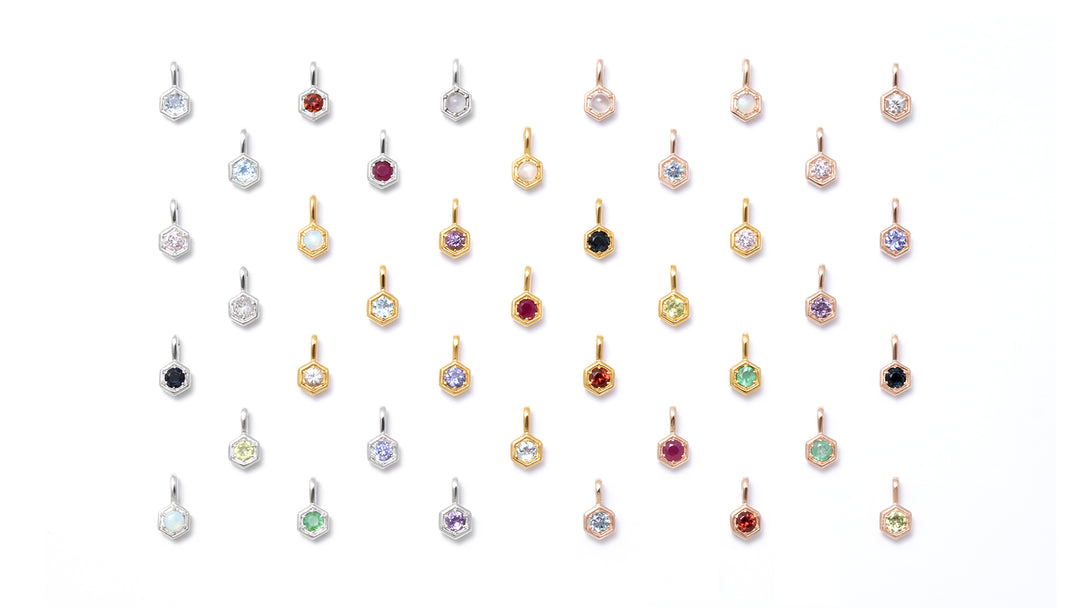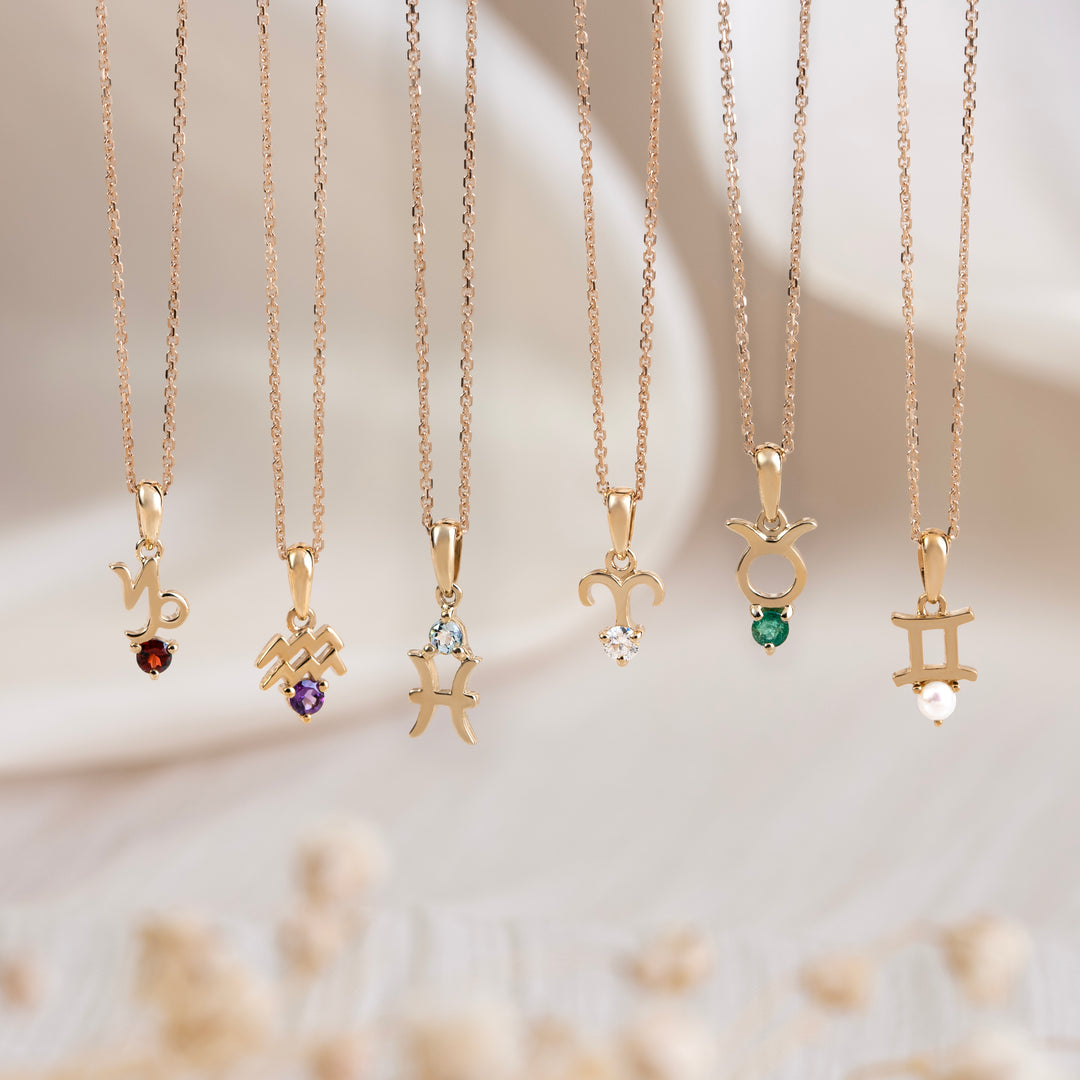Throughout history, jewellery has been far more than decoration. From ancient thrones to glittering royal courts, it has spoken a language of power, identity, and influence — one understood best by history’s most iconic women. For Cleopatra, Marie Antoinette, and Queen Elizabeth I, every gem carried meaning. A pearl wasn’t just a pearl; it was a statement. A crown wasn’t merely aan dornment — it was authority made visible.

Cleopatra: The Golden Serpent of the Nile
Few figures capture the fusion of beauty and power quite like Cleopatra VII, the last Pharaoh of ancient Egypt. Her jewellery wasn’t simply luxurious; it was deliberate — chosen to project both divine status and political strength.
She draped herself in gold diadems, intricate collars, and emerald-studded cuffs, many featuring the uraeus, the sacred rearing cobra symbolising royalty and protection. Gold — the “flesh of the gods” — was her signature metal, aligning her image with the divine. Through her adornments, Cleopatra presented herself as more than a queen — she became a living goddess.
When she met Julius Caesar and later Mark Antony, her splendour was calculated. Her jewellery turned her into an embodiment of Egypt’s wealth and mystique — a radiant force capable of captivating Rome’s most powerful men. In Cleopatra’s world, every gemstone carried a message; every golden bracelet whispered sovereignty.

Marie Antoinette: The Diamond Queen of Versailles
Leap forward to 18th-century France, and another queen wielded jewellery as both armour and allure. Marie Antoinette, forever associated with the extravagance of Versailles, adored jewels that dazzled and dominated. Her diamond necklaces, pearl chokers, and the now-legendary Marie Antoinette Diamond Earrings reflected not only personal taste but the grandeur of the monarchy itself.
Yet, what made her sparkle also led to her undoing. The Affair of the Diamond Necklace — a scandal in which she was wrongfully implicated — turned her love of luxury into a weapon against her. To a public already weary of royal excess, the diamonds became symbols of greed and disconnect.
Her jewels, once masterpieces of craftsmanship and status, came to symbolise a deeper truth: power built on spectacle can be as fragile as glass. The same brilliance that once inspired awe now reflected a nation’s anger.

Queen Elizabeth I: The Virgin Queen’s Armour of Pearls
Across the Channel, Queen Elizabeth I mastered the art of using jewellery not just for beauty, but for symbolism. Every pearl, ruby, and diamond she wore was part of a larger performance — a carefully crafted image of authority and divine right.
In portraits like the Armada Portrait, Elizabeth appears draped in layers of pearls, long associated with purity and chastity, reinforcing her image as the “Virgin Queen.” The sheer abundance of gems projected a message of stability and wealth, a visual assurance of England’s prosperity under her rule.
Elizabeth also used jewellery strategically, gifting brooches and pendants bearing her likeness to loyal subjects. Each piece became a personal emblem of royal favour — tangible proof of her influence. Her jewels were more than ornaments; they were armour. They didn’t just decorate her — they defended her reign.
The Enduring Language of Jewels
From Cleopatra’s serpents of gold to Marie Antoinette’s diamonds and Elizabeth’s seas of pearls, jewellery has always carried stories — of power, identity, and intent. These women understood something timeless: before a single word is spoken, jewellery already speaks.
It defines presence. It conveys confidence. And it endures long after empires fall. Though crowns may tarnish and thrones may crumble, the language of jewels — their quiet power and the stories they hold — continues to shine.











